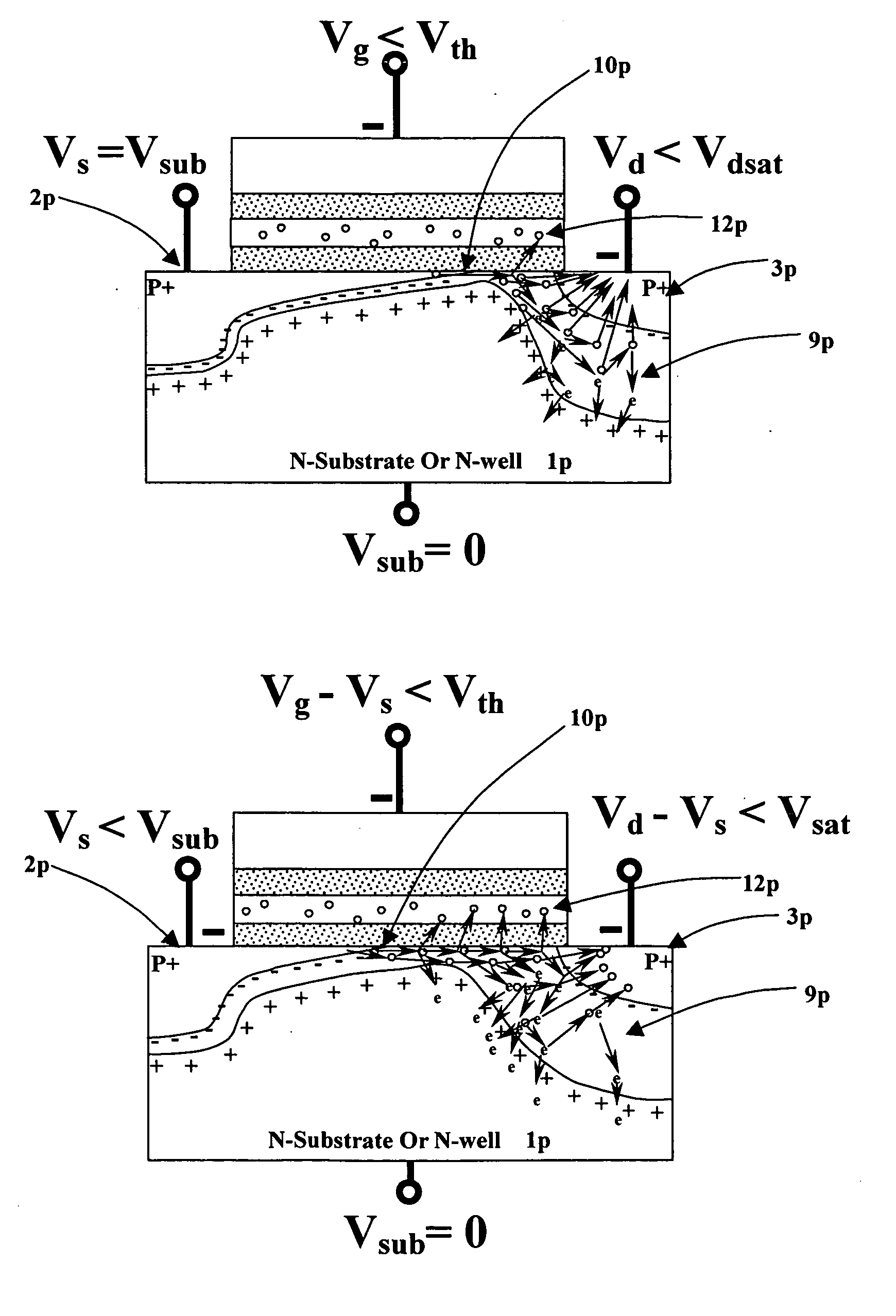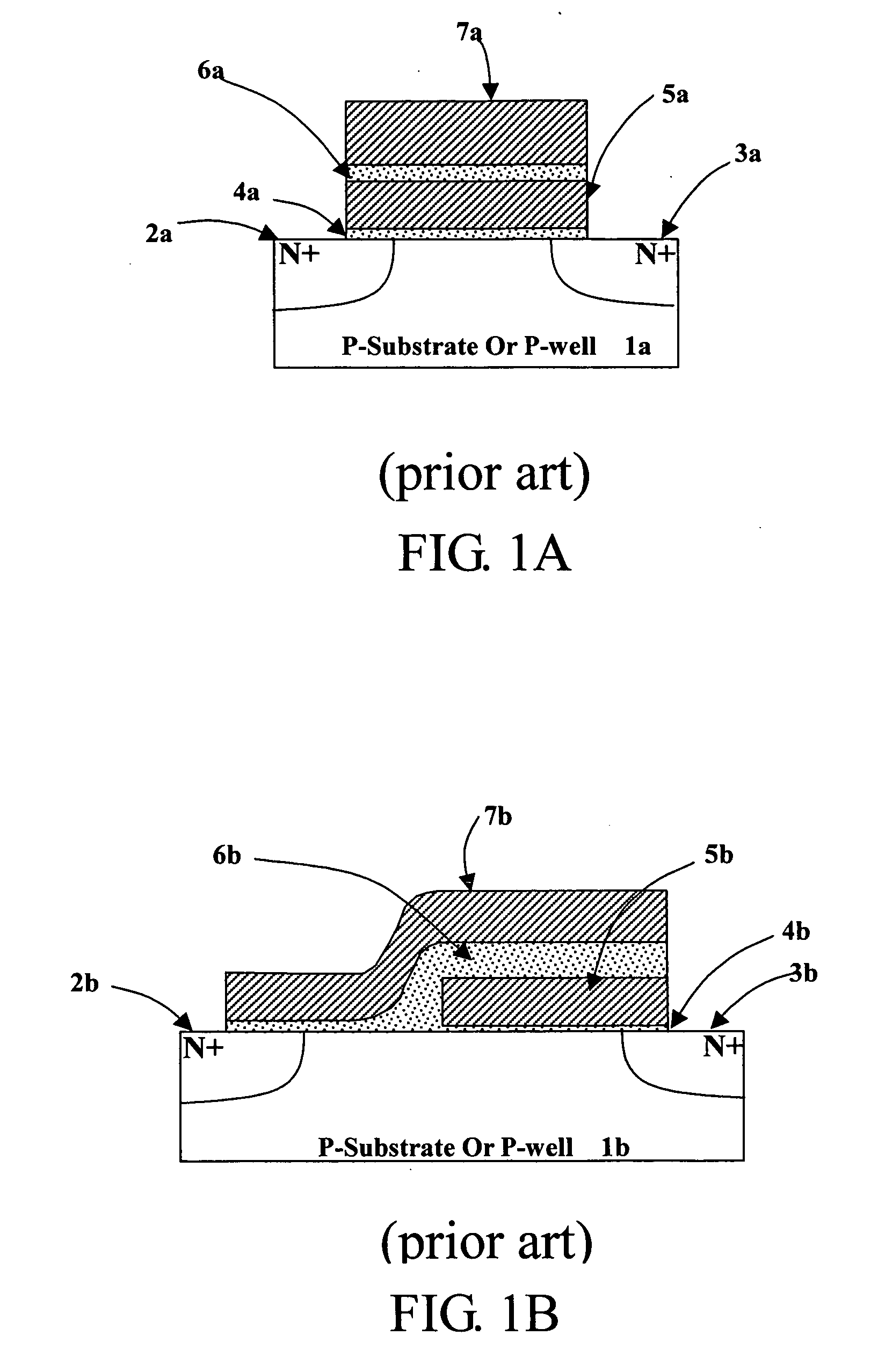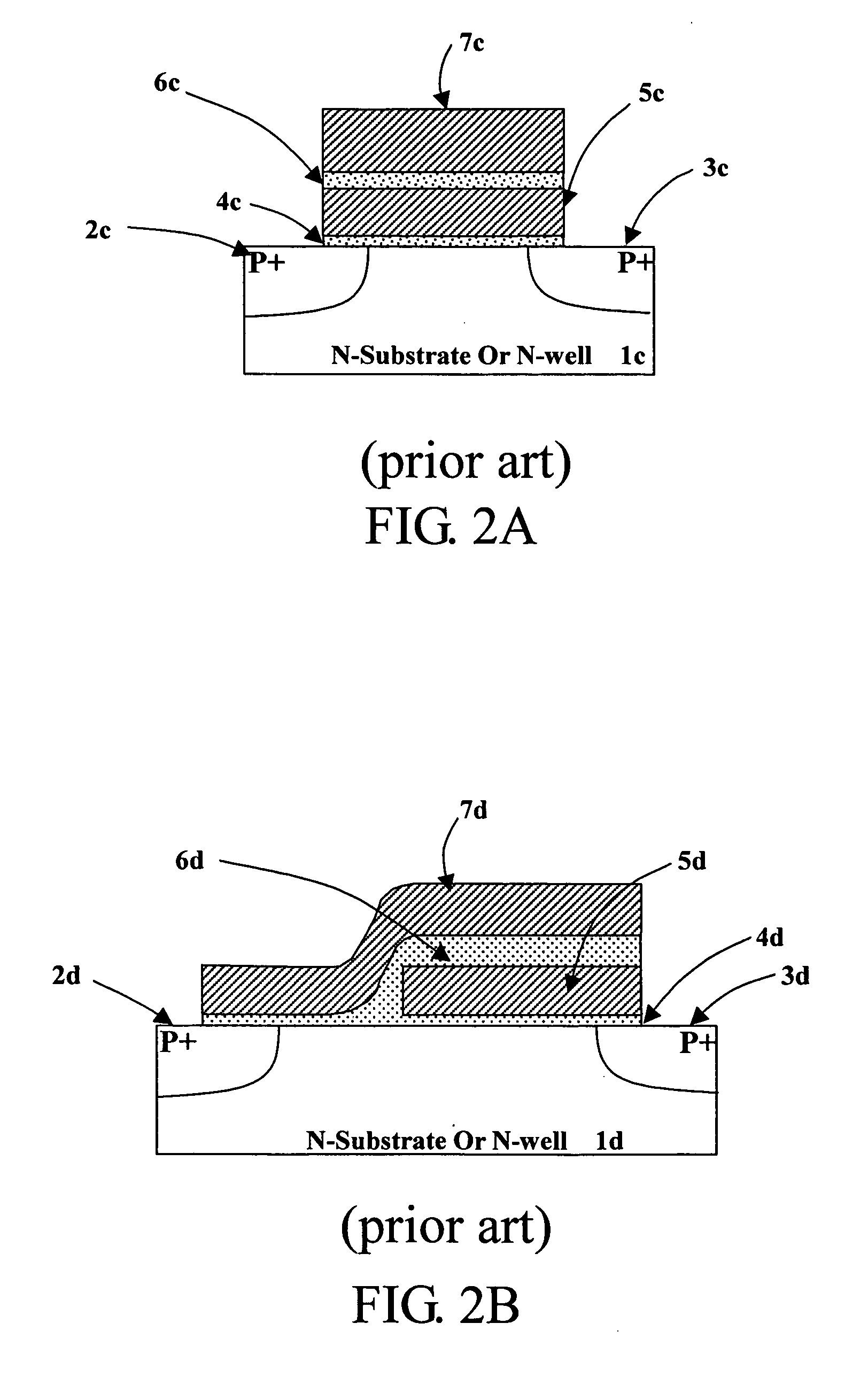High-speed low-voltage programming and self-convergent high-speed low-voltage erasing schemes for EEPROM
- Summary
- Abstract
- Description
- Claims
- Application Information
AI Technical Summary
Benefits of technology
Problems solved by technology
Method used
Image
Examples
Embodiment Construction
[0040] Method and structure for manufacturing a semiconductor device (such as integrated circuit) or a substrate is described below. In the following description, numerous specific details are set forth in order to provide a thorough understanding of the present invention, and the scope of the present invention is expressly not limited expect as specified in the accompanying claims. One skilled in the relevant art will recognize, however, that the invention may be practiced without one or more of the specific details. In other instances, well known structures, materials, or operations are not shown or described in order to avoid obscuring aspects of the invention.
[0041] The present invention includes methods and schematics to achieve high-speed low-voltage programming and self-convergent high-speed low-voltage Erasing for Electrically Erasable Programmable Read-Only Memory (EEPROM). Those of ordinary skill in the art will immediately realize that the embodiments of the present inve...
PUM
 Login to View More
Login to View More Abstract
Description
Claims
Application Information
 Login to View More
Login to View More - R&D
- Intellectual Property
- Life Sciences
- Materials
- Tech Scout
- Unparalleled Data Quality
- Higher Quality Content
- 60% Fewer Hallucinations
Browse by: Latest US Patents, China's latest patents, Technical Efficacy Thesaurus, Application Domain, Technology Topic, Popular Technical Reports.
© 2025 PatSnap. All rights reserved.Legal|Privacy policy|Modern Slavery Act Transparency Statement|Sitemap|About US| Contact US: help@patsnap.com



